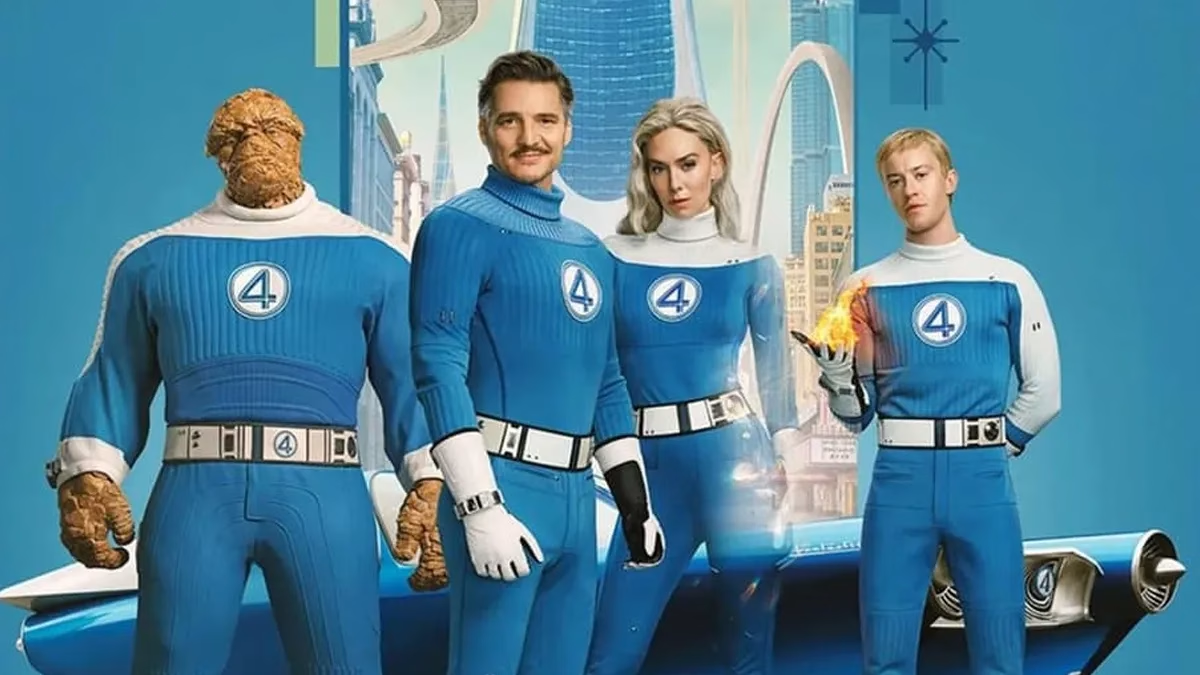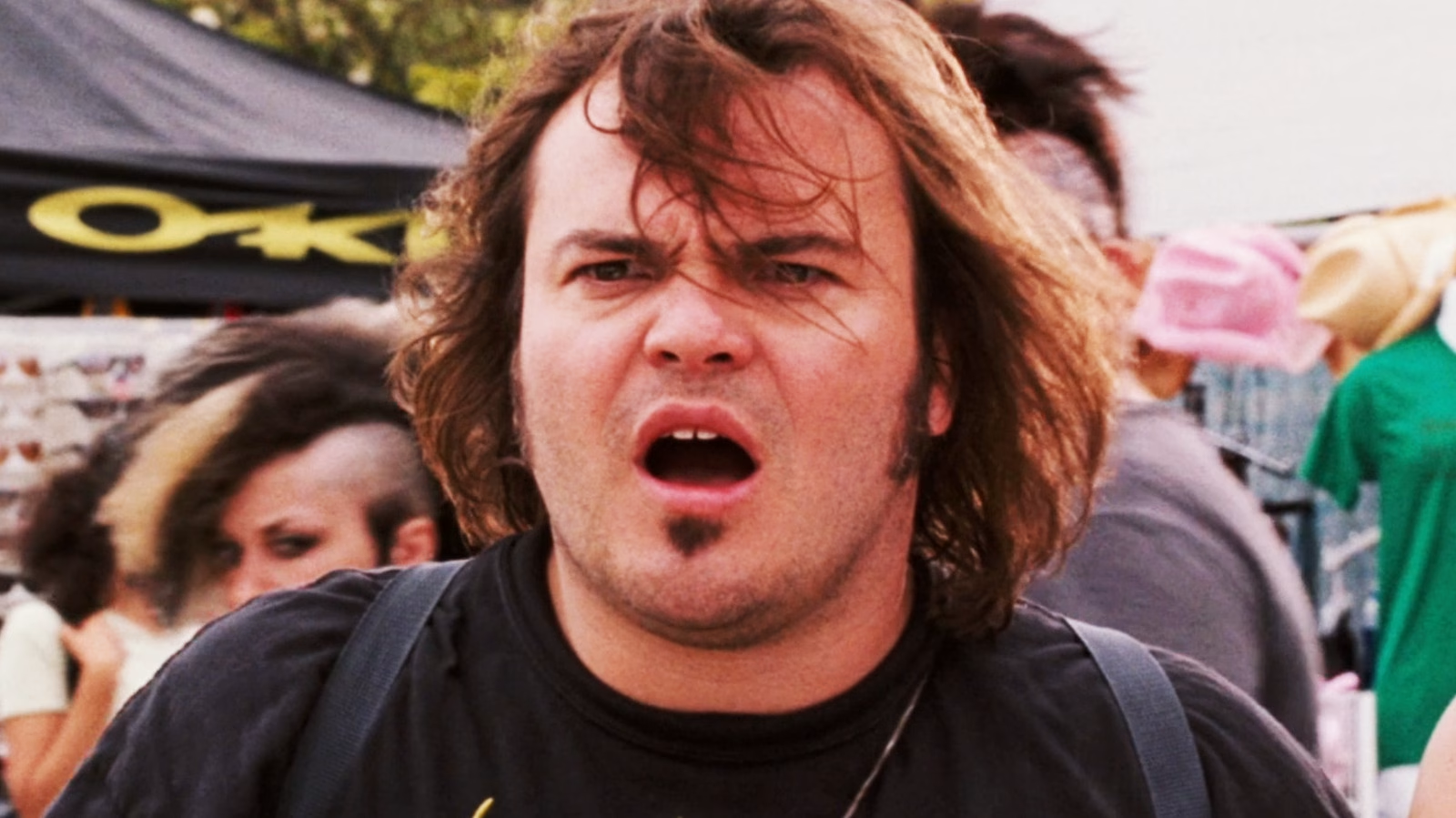The Fantastic Four: First Steps is an intriguing mix: part Jetsons-inspired fantasy, part family therapy session, and part cosmic horror. It breaks away from Marvel’s typical franchise formula, offering a warmer and more self-contained experience. This superhero film unfolds like a nostalgic sci-fi bedtime tale, culminating in a radiant new mother tossing an invasive space deity into a bag filled with stars.
This iteration of the Fantastic Four finally captures what makes the team resonate—it’s not their strength or intelligence, but their messy humanity and unexpected functionality in the face of chaos. The stakes are high for this vibrant, retro-futuristic Earth (828), and while a pivotal child’s birth hints at god-like power, the real takeaway is the chemistry, squabbling, and love among the characters.
Though it has its flaws—especially a meandering midsection that seems to search for an absent post-credits tease—First Steps plays out as one of Marvel’s best origin stories in years. It blends heart, intellect, and bizarre cosmic humor seamlessly. Here’s a closer look at what makes it work.
Finally, a Marvel Flick That Feels Complete
One of the standout aspects of First Steps is its refreshing sense of coherence with a clear beginning, middle, and end. There are no convoluted multiverse connections or obligatory cameos that serve as mere setup for other projects—just four individuals, a mysteriously powerful baby, and retro-futuristic oddities.
Do you agree that Marvel’s choice to set the film in an alternate universe—where space travel and flying cars thrive in the 1960s—pays off? This unique setting injects an optimistic, Apollo-era aesthetic into what could easily have been another lackluster multiversal entry.
Most importantly, director Matt Shakman depicts a Fantastic Four that genuinely deserves to be called Marvel’s first family. Reed Richards approaches parenthood as a physics problem, Johnny Storm, a fiery charmer, manages to anchor significant emotional moments, while Sue Storm becomes the group’s stabilizing force. Benjamin Grimm, the tormented rocky powerhouse, delivers some of the film’s most poignant lines with a blend of misery and Brooklyn grit. These characterizations elevate the storytelling in ways previous adaptations haven’t achieved.
Sue Storm Finally Has a Character Arc
Past film adaptations often relegated the Invisible Woman to a role defined by her reactions to male brilliance or sibling conflicts. In stark contrast, Vanessa Kirby portrays a Sue Storm who emerges as a formidable force—a superhero capable of engaging with cosmic threats and grounding the emotional core of the group. For once, she isn’t sidelined while the men save the day; her proactive nature and contributions are vital to the team’s success. It’s her force-field stand against catastrophe that ultimately shifts the tide—not just Reed’s frantic calculations or Ben’s raw power.
The Weight of New Parenthood
One of the most unusual and touching elements of First Steps is its portrayal of Sue’s pregnancy and the impending birth of their son, Franklin Richards, not merely as plot devices but as a heartfelt exploration of parental fears. Mister Fantastic and the Invisible Woman are indeed like many parents grappling with the daunting task of nurturing something profoundly powerful. Unlike most parents, however, they’re considering the implications of raising a child who is essentially a potential universe-altering deity.
The film avoids over-sentimentality, steering clear of cheesy monologues. Instead, it captures the genuine terror, awe, and overwhelming love that comes with ushering in something entirely new.
Revitalizing Cosmic Horror
The studio has significantly elevated its supervillain game this time around. Julia Garner’s Shalla-Bal serves as a mesmerizing chrome-faced omen of destruction, while Galactus looms as a celestial catastrophe. This portrayal of a cosmic threat moves beyond mere villainy; it presents an unknowable force that embodies fear itself.
First Steps might be the closest the MCU has come to authentic cosmic horror—not just a narrative centered on scale and power, but an experience that evokes Lovecraftian dread. How do you confront a threat so vast and indifferent? The resolution implies throwing Galactus through a portal, momentarily sidelining him until his inevitable return.
Doctor Doom’s Intrigue and Future Implications
Reed’s insights into Franklin hint that this child carries incredible potential. If he can revive his mother after her encounter with Galactus, could he also create new worlds using just his mind? Doctor Doom’s ominous interest in a mid-credits scene, set four years later, suggests deeper, malevolent motives tied to Franklin’s power.
Shakman has confirmed that Robert Downey Jr. appears in the film, raising questions about whether this version of Doctor Doom connects to future MCU plans. Is he a variant of Tony Stark, or merely related in appearance? Does the conclusion of First Steps set the stage for the next Avengers film, or is it just another layer of Marvel mystery? The scene hints at a larger narrative around Franklin and his connection to the multiverse.
In conclusion, First Steps presents a refreshing take on the beloved comic book family, and as we ponder its implications for Marvel’s future, we can’t help but entertain the excitement for what’s next. What do you think—are these developments harbingers of a thrilling new chapter, or just clever misdirection?













